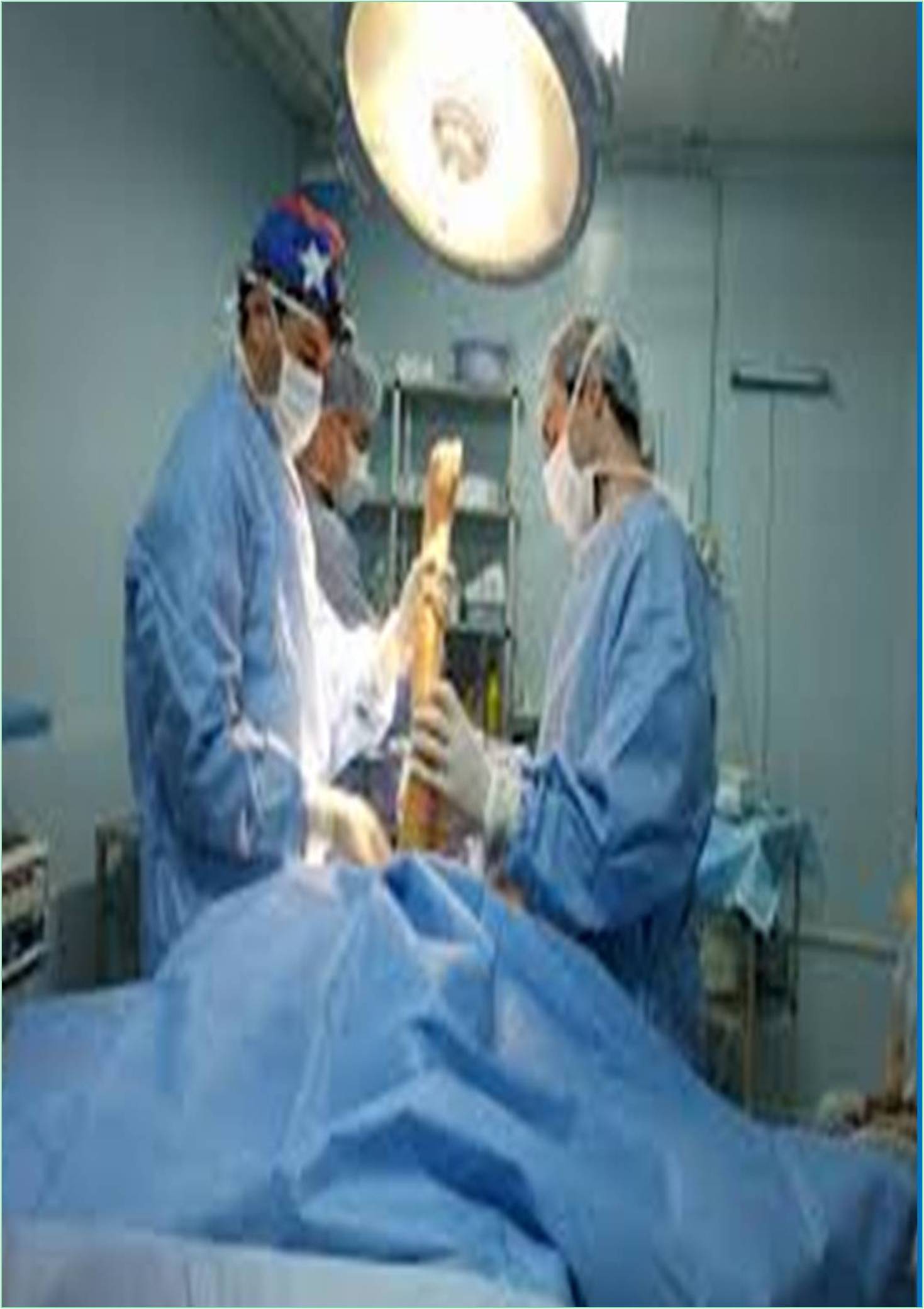



Received: 25-Nov-2022, Manuscript No. GJOPTP-22-83147; Editor assigned: 28-Nov-2022, Pre QC No. GJOPTP-22-83147 (PQ); Reviewed: 15-Dec-2022, QC No. GJOPTP-22-83147; Revised: 22-Dec-2022, Manuscript No. GJOPTP-22-83147 (R); Published: 29-Dec-2022, DOI: 10.15651/2449-1802.22.9.013
Numerous primary and metastatic solid and hematopoietic malignant tumors impact the skeleton, causing localized sites of osteolysis or osteosclerosis that weaken bones and increase the risk of fractures in affected people. Chemotherapeutic medications can remove or diminish the extent of some bone cancers as well as skeletal related events but adverse effects on non-target organs can severely limit the amount of drug that can be provided to patients. It may be impossible to deliver therapeutic medication concentrations to tumor sites in bones under these conditions. One appealing approach to this problem is to conjugate medications to bisphosphonates, which can target them to bone and release them at sick locations. The bone is one of the most common and preferred places for cancer cells to spread. Prostate and breast cancer are among the most common cancer types that migrate to bone accounting for up to 70% of cases other tumour types that metastasize to bone less commonly include lung, kidney, thyroid, melanoma, lymphoma, gynecologic and gastrointestinal cancers up to 75% of people who die from prostate or breast cancer have bone metastases.
A recent comprehensive retrospective analysis of 382,733 cancer patients with various solid tumors found that the overall incidence of bone metastasis. Osteosarcoma (35%), chondrosarcoma (25%) and Ewing's sarcoma (16%) are the most prevalent primary bone malignancies. The most frequent malignant bone tumor in children and adolescents is osteosarcoma. It accounts for 56% of malignant bone tumours in children, although it can also occur in older adults, complicating Paget's disease of bone, past radiation exposure and fibrous dysplasia. Multiple Myeloma (MM) is the second most prevalent adult hematologic malignancy in the United States. It is a plasma cell neoplasm it develops in the Bone Marrow (BM) causing many foci of localized bone loss as well as bone discomfort and an increased risk of fractures. MM is responsible for 1% of all cancers and 2% of cancer deaths. It is an incurable disease of the elderly, with a median age of 70 years at diagnosis and 35-40% of patients older than 75 years. Myeloma cells develop from plasma cells in the bone marrow, where they interact with BM cells to establish vicious cycles in which mesenchyme cells release substances that stimulate myeloma cell proliferation. Chemotherapeutic drug delivery to bone preferentially bone targeting techniques such as Bisphosphonate (BP) drug conjugates has the potential to increase efficacy and side effect profiles. A targeted delivery strategy concentrates a chemotherapeutic agent in bone, particularly at regions of increased bone turn over in the skeleton, while keeping systemic levels low. It may also overcome treatment resistance by boosting drug concentrations in the local bone microenvironment much above those feasible with approved non-targeted medication doses which are limited due to side effects. Another advantage is that a drugreleasing depot allowing anti-cancer medicines to be delivered locally to the bone. Other therapeutic indications for bone targeting anticancer medications include the treatment of patients with primary BM malignancies and osteosarcomas that have metastasized to extra-skeletal locations. The current initiatives to target FDA-approved anti-neoplastic medicines and other small molecules to bone as well as the methodologies employed and the results obtain.